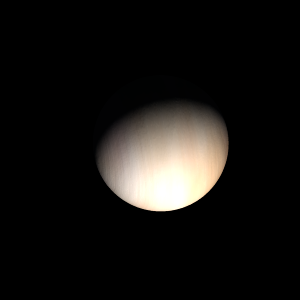|
|
Space Astro
|
Info for exoplanet "Garet"
| Scientific (actual) data |
|---|
| Planet | GJ 229 B |
| Planet status | Confirmed |
| Planet mass | 35 |
| Mass sini | 1.61971 |
| Orbital period | 52890 |
| Semi major axis | 19.433 |
| Orbit eccentricity | 0.03 |
| Discovered | 1995 |
| Updated | 2020-01-09 |
| Omega | 180 |
| K | 17.06 |
| Temperature (kelvin) | 1200 |
| Publication | Published in a refereed paper |
| Detection type | Imaging |
| Mass detection type | Spectrum |
| Alternate names | Gliese 229 B |
| Star name | GJ 229 |
| Right ascension | 92.64° |
| Declination | -21.86° |
| Mag v | 8.125 |
| Star distance | 5.757 |
| Star mass | 0.58 |
| Star sp type | M1 V |
| Star temperature | 3564 |
| Wikipedia article | GJ 229 B |
Back
| |
| Fictional info (?) |
|---|
| Suggested name | Garet |
| Planet type | Huge cold gas giant |
| Garet is the oldest planet known belonging to GJ 229 and one of the oldest in its solar system. It is named after the deity Garet, the creator of fear.
The planet telescopically displays the complete range of phases, similar to Venus and the Moon, as it moves in its inner orbit relative to GJ 229, which reoccurs over the so-called synodic period approximately every 81 days.
The two polar ice caps appear to be made largely of ice.
Garet can easily be seen from Mitonle-raq with the naked eye, as can its blueish coloring. |
| Atmosphere | Carbon dioxide | 56% |
| Krypton | 43% |
| Nitric oxide | 0.0073% |
| Ethane | 0.0025% |
| Atmospheric pressure | 0.011 bar |
 |
| No known satellites |
| Google search for Garet |
|
Website by Joachim Michaelis
|
|
|
|